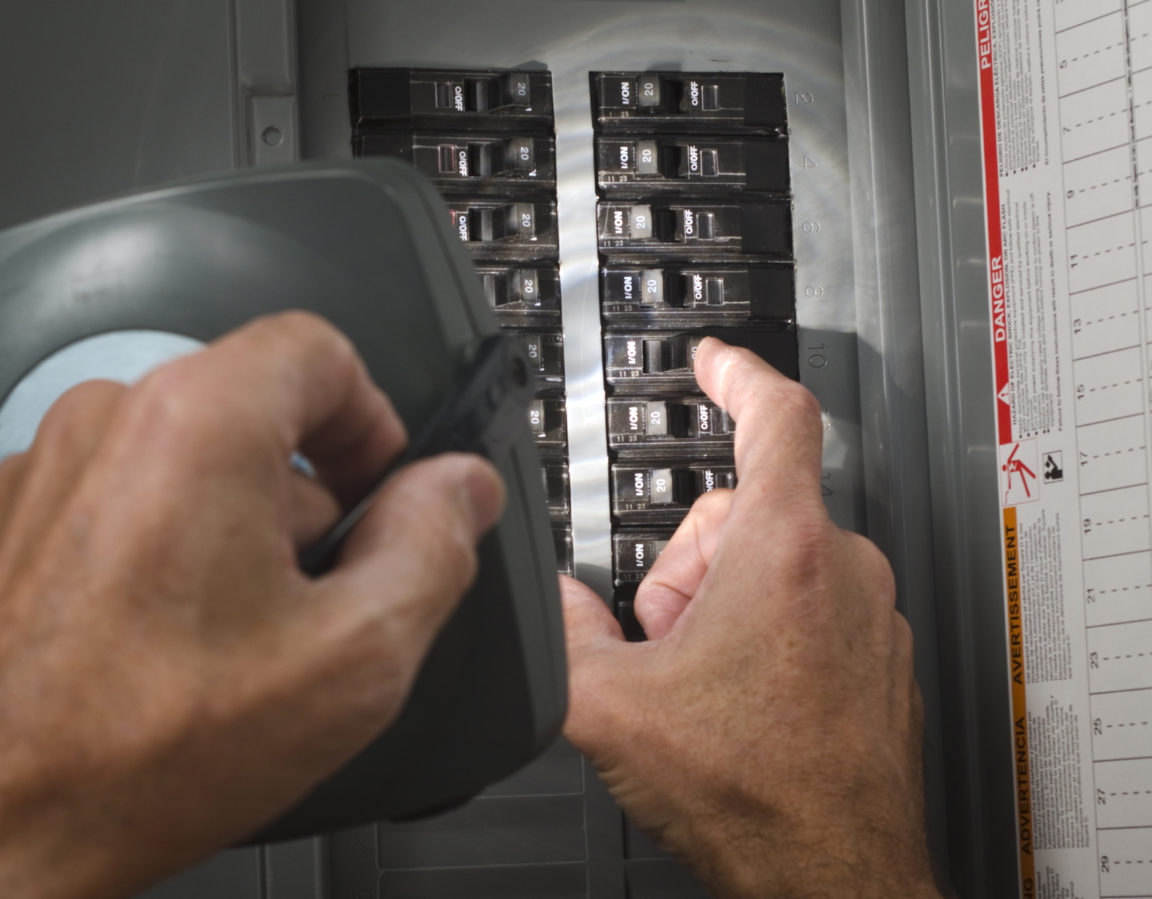Can electrical outlets spoil?
Just like everything else, electrical outlets have an expiration date. They will perform their function for a while but eventually a time will come when they get worn out. A worn-out electrical outlet will either stop working completely or it will give you lots of problems.
Also, How often do electrical outlets go bad?
The industry standard for change-outs is typically every 10 to 15 years, but you really should have a qualified electrician inspect any outlet that has been exposed to excessive UV light, heat, moisture, or chemical vapors, as all these factors can cause a ground fault interrupter to fail prematurely.
How long do electrical outlets last?
Most GFCI outlets will last for about 15 to 25 years, but in certain circumstances, they can fail after 5 years. Here a few common signs that it’s time to replace your electrical outlets.
Is backstabbing outlets safe?
“Backstabbing” an outlet is basically a shortcut to securing the wires on an outlet or switch. It was a common practice in the 1970s and 1980s but now quality electricians avoid it at all cost! … Well, it turns out that backstabbed wires are pretty dangerous and have even been found to cause electrical fires.
Do outlets wear out?
If your electrical outlets are old, warped, damaged, or malfunctioning, it may be time to replace them. Old outlets wear out over time, diminishing their effectiveness or even putting you in danger. Upgraded outlets prevent that danger and make your home’s electricity more effective at the same time.
How do I test a wall outlet?
Set a multimeter to measure voltage. Insert a probe into each slot and read the line voltage measurement. A properly working outlet gives a reading of 110 to 120 volts. If there is no reading, check the wiring and the outlet.
What happens if an outlet stops working?
Tripped Circuit Breaker
If an outlet isn’t working, check your circuit breaker panel. The breaker that is tripped will appear to be between the ‘on’ and ‘off’ position. Flip the switch to off, then back to on. This will reset the circuit and potentially fix your broken outlet.
When should you replace an outlet?
If you use the outlet on a daily basis, you will want to change it at least every 15 years or as needed. There is no rule or code that says you should change your outlets as part of your home maintenance plan and most people do not even consider it unless something goes wrong.
What are the holes on the back of an outlet for?
These bumps fit into the holes so that the outlet can grip the plug’s prongs more firmly. This detenting prevents the plug from slipping out of the socket due to the weight of the plug and cord. It also improves the contact between the plug and the outlet.
What is backstabbing an outlet?
Backstabbing means that instead of using screw terminals to connect wires to outlets and switches, the wire is pushed into a connector that grabs the wire inside the device. This creates a loose connection, and loose connections cause the wires in outlets to burn up and kill the rest of the circuit.
Is back wiring safe?
Back wired electrical receptacles: Using the back-wire or push-in type connection points on an electrical receptacle or switch may be just fine, or it may not be reliable nor safe, depending on the age and type of back-wire connector provided.
How do you know if you need to replace an outlet?
When Should I Replace My Outlets?
- When you insert a plug in an outlet and it falls out. …
- Outlets feel hot when you touch them. …
- When you plug in an appliance it sparks, smokes, or smells like it’s burning. …
- Your outlets are outdated or ungrounded. …
- If your outlet cover is cracked. …
- When to update your outlets.
What makes an outlet stop working?
Your outlet may be subject to a bad connection, which could’ve caused it to stop working. Outlets are installed using a box, and this box could run into issues such as a loose connection or damaged screws. If an outlet’s box can’t provide enough power, the outlet will cease to work.
Why my outlet is not working?
Tripped Circuit Breaker
If an outlet isn’t working, check your circuit breaker panel. The breaker that is tripped will appear to be between the ‘on’ and ‘off’ position. Flip the switch to off, then back to on. This will reset the circuit and potentially fix your broken outlet.
Why would an electrical outlet suddenly stop working?
Your outlet may be subject to a bad connection, which could’ve caused it to stop working. Outlets are installed using a box, and this box could run into issues such as a loose connection or damaged screws. If an outlet’s box can’t provide enough power, the outlet will cease to work.
What causes an electrical outlet to fail?
Typically caused by an overloaded system, a tripped circuit breaker is the most likely cause of a dead outlet. So, if an appliance or device refuses to switch on after you plug it into an outlet, this is the first thing to check for. But, to ensure your safety, don’t do this yourself.
How much does it cost to fix a dead outlet?
The cost to install electrical outlets usually falls between $100 and $250 for parts and labor, according to HGTV. Electricians typically charge under $100 for the home visit along with a variable hourly rate for the labor. Homeowners can expect to pay an average of $175 for an electrician to complete this job.
How do I test an outlet?
Why is one side of a plug bigger than the other?
Why One Prong Is Bigger
Polarized nongrounding-type plugs have one prong, the neutral, that’s larger than the other to ensure that the hot wire, which is the smaller one, is tapped correctly. Electricity streams in a circuit, which is a closed path of components where electrons flow from a current source.
Are push in outlets safe?
Push-in or stab-in wiring is a shortcut. Some manufacturers have improved on push-in clamps, but may electricians agree that a terminal screw is always the safest and most secure way to wire in an outlet. Unless local code frowns on push-in connectors, they’re not a home inspection defect.
What is a back stab connection?
Backstabbing is a method of connecting electrical wires to a receptacle (or switch) allowing it to function. … This is a quick and easy way to connect the hot and the neutral wires to the device: strip the insulation jacket (“strip”) and stab them into these holes.
What is a Backwire outlet?
Back-wired (or backstabbed) outlets occur when wire is pushed through a hole in the back of an outlet to catch on a spring opposed to tightened down under the terminal screws on the side of a receptacle.
How do you take the back off a stabbed outlet?
Step 3 of 4: Removing The Backstabbed Wires
Hold the plier or wire cutter in one hand. Grab the receptacle on the other hand. Now twist the wires and pull back. They’ll come out in time.



